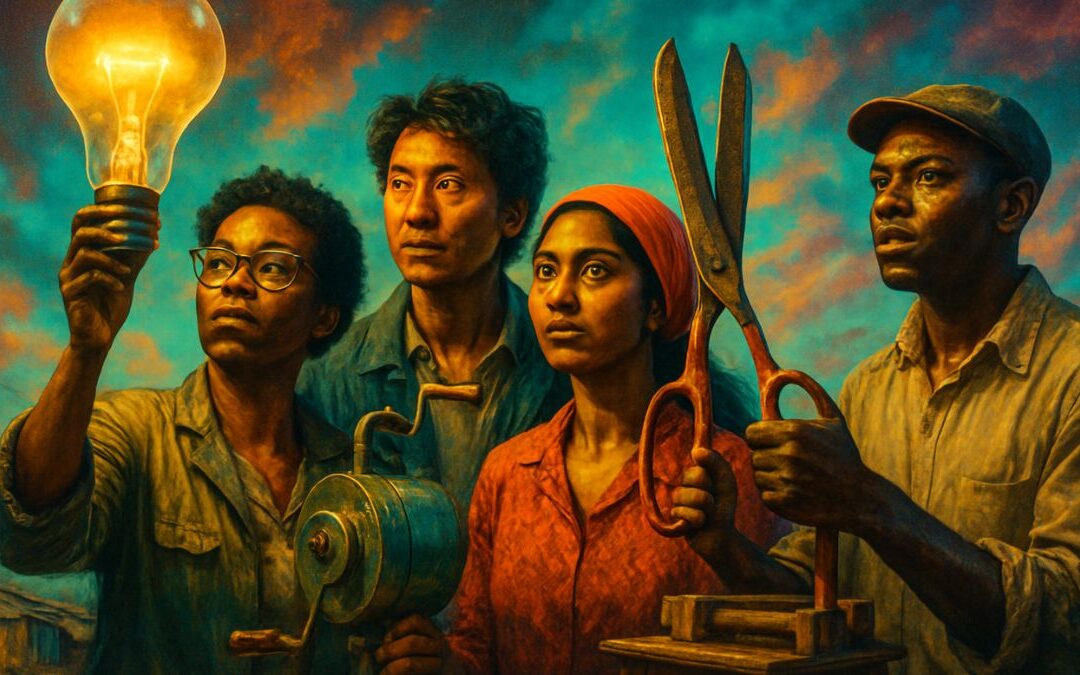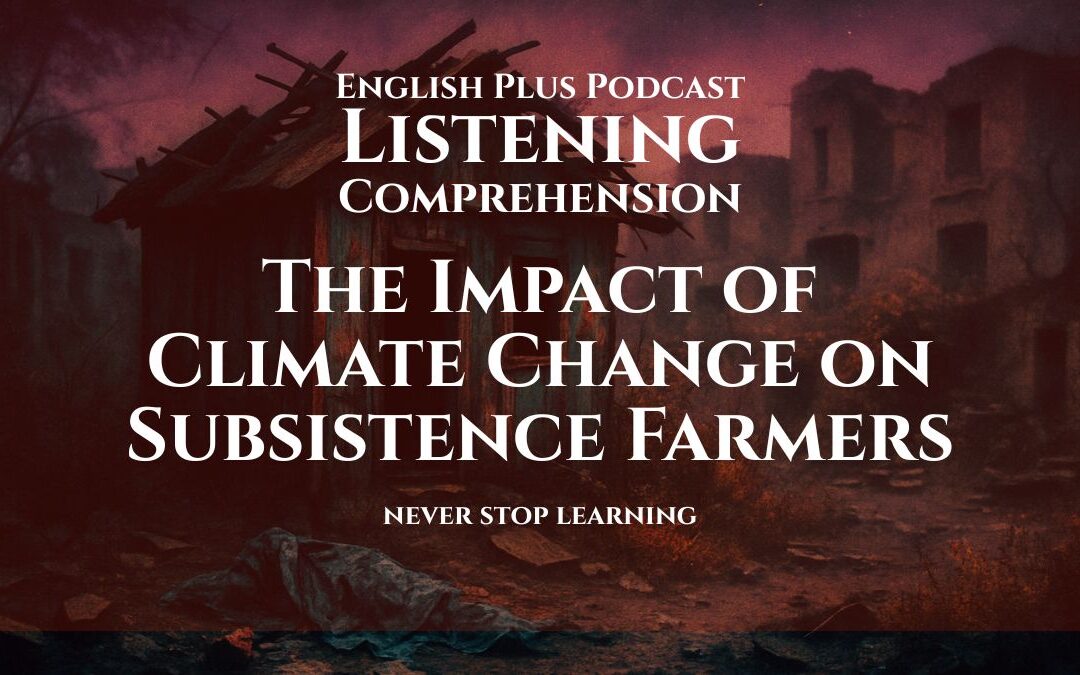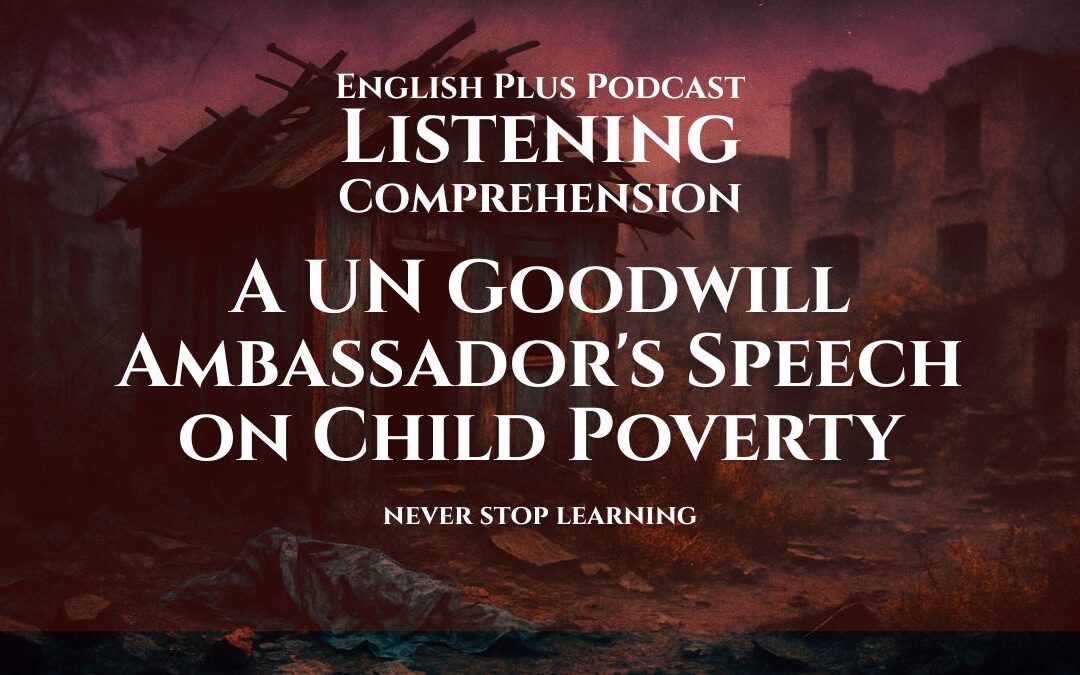Once upon a time, someone decided to tell a story. But what made it more than just a string of words? It’s the structure, the backbone of any good tale, that transforms a series of events into a captivating narrative. Understanding the structure of a story isn’t just for writers or literature enthusiasts; it’s for anyone who wants to understand how stories work, how they grip us, and why we keep turning the page or can’t stop watching that series. Let’s embark on a journey to dissect and appreciate the anatomy of a story.
The Basic Framework
Most stories follow a universal structure, often referred to as the narrative arc. This arc consists of the introduction, rising action, climax, falling action, and resolution. It’s like going on a rollercoaster ride with its thrilling ascents, breathtaking peaks, and the relief of coming back to solid ground.
- Introduction: This is where the magic begins. The introduction sets the scene, introduces the characters, and presents the initial situation or conflict. It’s like the opening scene of a movie where you get a glimpse of the hero’s world. Take Harry Potter, for instance – the first few pages immerse us into his not-so-glamorous life with the Dursleys.
- Rising Action: Here, the plot thickens. Events build upon each other, creating tension and suspense. It’s the part of the story where you’re sitting on the edge of your seat, wondering what’s going to happen next. Think of the numerous challenges Katniss faces in ‘The Hunger Games’ before the actual games even start.
- Climax: The moment of truth, the turning point of the story. It’s the most intense part, where the main conflict reaches its peak. Like when Frodo stands at the edge of Mount Doom in ‘The Lord of the Rings’, deciding the fate of Middle Earth.
- Falling Action: After the climax, the story starts to wind down. The consequences of the climax unfold, leading towards the closure. It’s like the aftermath of a great battle, where characters and readers alike catch their breath.
- Resolution: Also known as the denouement, this is where all loose ends are tied up, and the story concludes. Whether it’s a happily-ever-after or a more somber ending, this part leaves the reader with a sense of closure.
Character Arcs and Development
A story is only as compelling as its characters. Characters need to evolve, facing internal and external conflicts that change them. This evolution is known as the character arc. For example, Elizabeth Bennet’s journey in ‘Pride and Prejudice’ from prejudiced to understanding, and Darcy’s from prideful to humble, is what makes their story enduring.
Subplots and Layers
Great stories often have subplots, layers beneath the main narrative. These can be side stories of minor characters or themes that add depth and richness to the main plot. Like the various residents of Hogwarts in the Harry Potter series, each with their own backstories and dramas.
The Importance of Setting
Setting is more than just a backdrop; it’s a crucial element that shapes the story. It’s the difference between the eerie moors in ‘Wuthering Heights‘ and the opulent mansions in ‘The Great Gatsby.’ The setting can set the mood, influence characters’ actions, and even become a character in its own right.
Narrative Voice and Point of View
Who tells the story and how greatly influences the structure. A first-person narrative, like in ‘The Catcher in the Rye,’ offers an intimate glimpse into the protagonist’s thoughts, while a third-person omniscient narrator, as in ‘Middlemarch,’ provides a broader perspective on the events and characters.
Conclusion: The Art of Storytelling
In conclusion, the structure of a story is what makes it resonant and memorable. It’s a delicate balance of elements – plot, characters, setting, and narrative voice – all working together to create a world that readers can lose themselves in. Whether you’re a writer, a student, or simply a lover of stories, understanding this structure deepens your appreciation of the literary world. It’s not just about the story told; it’s about how it’s told. So the next time you pick up a book or write your own tale, remember the power of structure. It’s the invisible hand that guides the reader through the magical journey of a story.











0 Comments